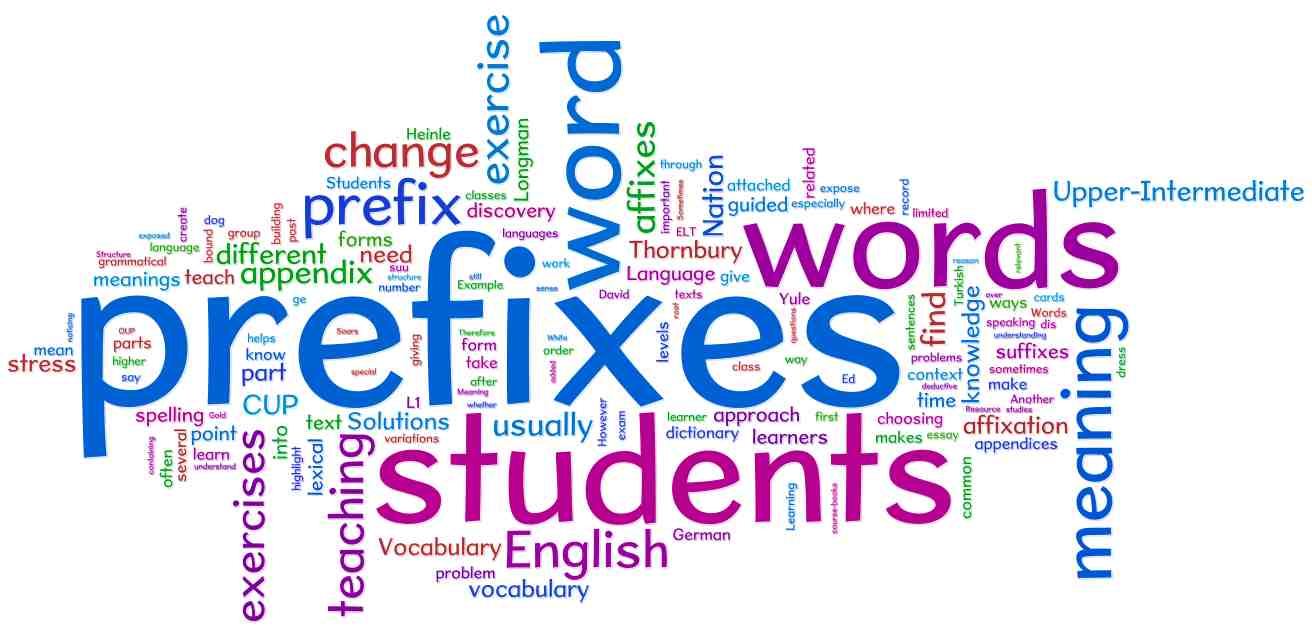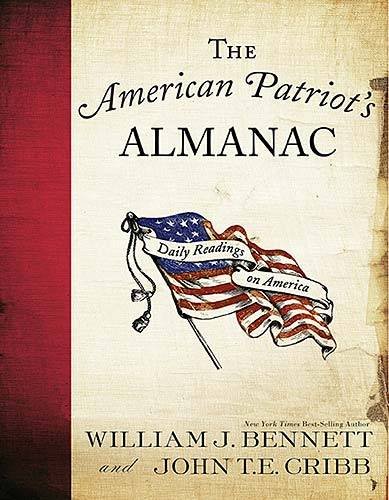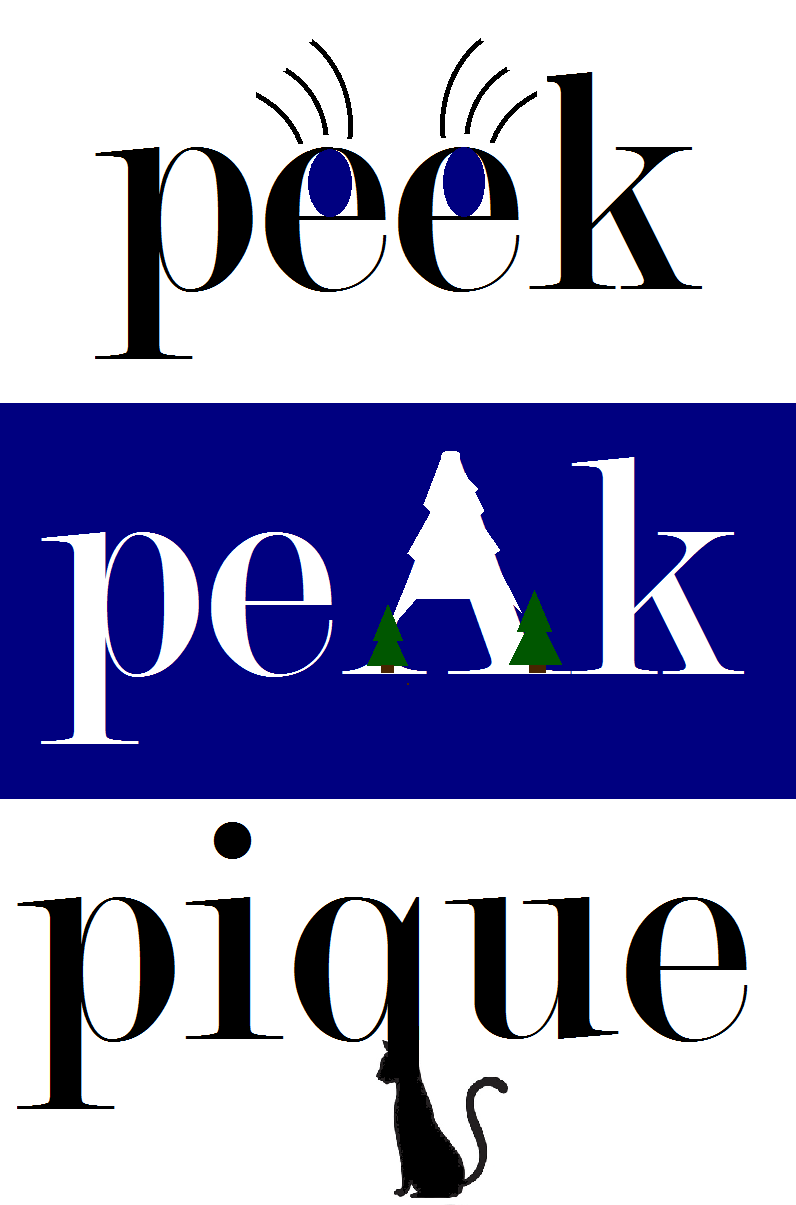
by Donna | Jul 31, 2013
The prefix ir is an interesting prefix for a number of reasons:
1. It means not. There are many prefixes that can mean not, such as de, a, un, non; however, ir also means not, which is interesting to me because I don’t think it sounds like it should mean not! To me, it sounds like it should mean again or repeating or something besides not!
2. It only comes before base words that begin with R. In other words, you do not put ir in front of most any word to mean not, like you often do with un or non.
3. This isn’t really interesting–but I like to say it whenever I teach about prefixes. A prefix is a letter or group of letters that you “affix” (which is why it and suffixes are called affixes) to the beginning of a word. It is important to remember that a prefix does not change the spelling of the base word. That is especially crucial in spelling ir words because the ir precedes an R already–and you must keep the base word’s spelling, so when you add this prefix to a word, you will ALWAYS have two R’s in a row: irregular, irresponsible, etc.
4. It is most often put before a word that is should never come before: regardless. We hear people constantly say irregardless, which is, of course, an oxymoronic word because less means without (or not) and ir means not. I guess that makes it sort of like using a double negative! You do not put ir before regardless because regardless already means without regard. With ir in front of it, you are saying not without regard, I guess…. Anyway, irregardless is not a word. So don’t use it. Okay? 🙂
Note: It is correct, however, to use irrespective, which is a substitute (some of the time) for when you are tempted to say irregardless.
However, there are many base words that begin with R that can have ir put before them to mean NOT or the opposite of what the base word means before ir is added to it.
Here is a list to get you started. Notice how if you take the ir off, you have a positive base word (or one that means yes–yes regular, yes responsible, yes revocable, etc.) However, with the ir, the word means not—not regular, not responsible, not revocable, etc.
Remember: You know more than you think you know!
And remember: Use what you already know to learn even more!
irregular
irresponsible
irrevocable
irrefutable
irradiate
irreconcilable
irredeemable
irreducible
irrefutable
irregularity
irrelevant
irreverence
irreligious
irreparable
irreplaceable
irreversible
irresolute
irretrievable
irresistible
Irrelevant
by Donna | Jul 17, 2013
We are having a heat wave here in Indiana. We have had temperatures above ninety degrees this week. Today it was 92 degrees–a perfect day to go swimming and a perfect day to get a sunburn!
For today’s WORDY WEDNESDAY, I thought we would look at two prefixes that have to do with July in Indiana–SOL and THERM.
If you have been reading Language Lady very long, you know my two rules of thumb for learning:
1. You know more than you think you know.
2. Use what you already know to learn even more!
Those two rules of thumb definitely apply to today’s prefixes.+
We encourage our students to take a key word–any word that you already know–that has to do what you are trying to learn.
In the case of sol and therm, you can take two words you already know as your “key words” to help you remember these two prefixes:
SOL–solar….you know that solar means sun if you have ever talked about a solar blanket for your pool, solar power (generating power through the sun), or solar eclipse
THERM–thermos or thermal…you know that THERM means heat if you have ever carried your soup or coffee in a thermos or had “thermal underwear” on in the winter to keep you warm.
So…take your two KEY WORDS and use them any time you see the prefixes SOL and THERM:
1. Sol
a. solar
b. solarium–part of a room that is exposed to the sun
c. solstice–the pointer in which the sun stands sill
2. Therm
a. thermoplastic
b. thermos
c. thermodynamics
d. thermoelectric
The “solar heat” is high right now in Indiana, and the thermometer shows it at in the low nineties!
+Remember: A prefix is an affix. An affix is a letter or letters attached to a word that give more meaning to the word. The affix itself actually has meaning. A prefix is an affix that is added to the beginning of a word–thus, the prefix to the word prefix PRE (meaning before)!
by Donna | Jul 5, 2013
Our favorite patriotic “devotional”! Our two sons, ages fifteen and eighteen, asked me to get this back out for this summer’s reading since we haven’t done it for two years now. I LOVE this book. Short readings–about 5 to 10 minutes each, plus “This day in history list” for each day. So inspiring!
You might be familiar with one of the authors, William J. Bennett, from his amazing story collection, “Book of Virtues” (a great read aloud book for families with multi ages of children and even older children!). He has done it again in this wonderful 365 excerpt patriotic book!
If you homeschool, you want this book! If you homeschool and you are doing American history this year, you definitely want this book! 🙂
“American History Parade” pg. 235 (Today in history)
1776 The Continental Congress adopts the Declaration of Independence
1802 The US Military Academy opens at West Point, NY
1826 John Adams, age ninety, and Thomas Jefferson, age eight-three die
1831 James Monroe, fifth US President, dies at age seventy-three
1959 A forty-ninth star is added to the flat to represent the new state of Alaska
1960 A fiftieth star is added to the flat to represent the new state of Hawaii
Click here or on the picture below to get this book!

DISCLOSURE: I am an affiliate for these products that I recommend. If you purchase these items through my links, I will earn a commission, but you will not pay more when buying a product through my link. ?
Save
Save
by Donna | May 29, 2013
 |
| Picture by Lisa Rivera |
|
|
Oh my word! My tips and tricks for peek, peak, and pique aren’t nearly as cute and memorable as the ones Lisa Rivera has created in the picture above! In our curriculum materials, and on the web, I don’t have access to that kind of graphic representation of words. I might have to look into that in the future!
In the meantime, her picture says a thousand words–okay, well really just three:
1. Peek
a. Verb meaning a secretive look–And then I am going to peek into the package.
b. Noun meaning a small glance–She took a peek into the package.
c. Thus, the two EYES in the middle of the word peek in the graphic. (We do have that in our books, but we just tell it not show it–showing it is so much better!)
2. Peak
a. Verb meaning to reach the highest point—They said that the dancer was going to peak at just the right time.
b. Noun meaning the highest point—They reached the mountain’s peak.
c. Adjective meaning highest point—They were at their peak performance.
d. Love the graphic with the A being a high, mountainous point.
3. Pique’
a. Verb meaning to arouse curiosity–They really tried to pique’ our attention with those pictures.
b. Noun meaning resentment–He slammed the door in a fit of pique’. (Use it interchangeably with “quick anger.”
c. Noun or adjective meaning nubby fabric–He wore his pique’ bright yellow polo shirt.
d. The verb is the most common meaning; and thus, we see the cat at the bottom of the q in the picture because “curiosity killed the cat.” CLEVER!
If you don’t have that great picture above, here are ways to remember these three:
1. Peek–has two e’s, and we have two eyes and peek with our eyes
2. Peak—not two e’s OR They have a lEAK in the pEAK of their roof.
3. Pique’–Ends with que—question begins with que
Happy Wordy Wednesday! If you like our blog, share it with others! Put the FB link on your timeline, so others can learn with Language Lady each week! Smile…
by Donna | May 15, 2013
In my complete language arts books, I have a weekly lesson called “Wacky Words.” When I began writing language arts books for a different publisher fourteen years ago, I did not have this section in my books.
Then I began testing…and testing…and testing…my materials. As I tested them, I discovered that even mature writers have difficulties with homophones (words that sound the same but are spelled differently and have different meanings). Then along came message boards, email groups, and FaceBook, and I discovered EVERYBODY has trouble with homophones. From these experiences, the Wacky Word lessons were born.
This week I was thinking of the plays that our daughter is directing for a community youth program called The Young Playwrights. I have seen the word playwrights before, but this week, it struck me that we do not have that word in our Wacky Word lessons with write, right, and rite.
Then, of course, I thought more (thinking is what I do!) and wondered why, if the children are writing plays, the term is not playwrite. So…that takes us to this Wordy Wednesday/Wacky Word post!
The picture above gives us some idea of why the word is playwright and not playwrite. The picture is of a wheelwright shop–that is, a shop in which one crafts wheels.
Though the word “wright” is most commonly associated with crafting with wood (wheelwright), the word “wright” is used in other contexts to indicate crafting or creating as well:
playwright
wheelwright
shipwright
millwright
wainwright
In that way, a playwright is not simply “writing” a play, but he or she is “crafting” something–perhaps he or she is even meticulously creating the script, like a wheelwright meticulously creates wheels.
So our four “Wacky Words” for “Wordy Wednesday” can be remembered with the following tips:
1. Write–to pen or scribe the written word
2. Right–correct; opposite of wrong; from the fight, might, light family, phonetically speaking
3. Rite–a ritual or ceremony; a rite of passage (This makes the Rite-Aid stores all spelled wrong–unless they mean “aid” for a ceremony or passage, which I don’t think they mean. I think they want to say that their stores give the “right” kind of aid/assistance.)
4. Wright–a crafter, especially of wooden creations
by Donna | May 15, 2013
Do you remember what a subordinate clause is from yesterday? A subordinate clause is a sentence (independent clause-can stand alone) that has a subordinator added to the beginning of it (which makes it a dependent clause-is dependent upon something else in order to be used {has to have a real sentence put with it in order to be used}).
Think of subordinate clauses by either of their two names:
1. Subordinate clause–subordinate to the rest of the sentence
2. Dependent clause–dependent on something else to go with it (a real sentence/independent clause) in order to be used
Click here if you need to brush up on subordinators via our Subordinator-Check Sentence or subordinate rhyme.
Subordinate Clause Opener: Now for the opener part.
If you have been reading Language Lady for long, you have learned that a sentence opener has the following characteristics:
1. It gives a sentence more information.
2. It comes at the beginning of a sentence, which gives a paragraph a
different rhythm than if it included all subject-verb patterned sentences.
3. It is often set off with a comma-again, adding to the rhythm of your
sentences.
4. It si usually non-essential, meaning that the senence is still a
sentence without the addition of an opener.
5. It shows advanced writing skills because a writer who has a handle
on the many varieties of sentence openers has a large toolbox of sentence structure at his disposal.
So…if a subordinate clause is a group of words that contains a subordinator+subject+verb, then a subordinate clause opener is a subordinator+subject+subordinate clause that is used as a sentence opener.
Simple enough, huh?
The tricky parts of subordinate clause openers are
(1) Be sure that you never use a subordinate clause opener by itself,
thinking it is a sentence. (It will sound like something is missing-because it is-the real sentence!)
(2) Be sure that you put a comma following a subordinate clause opener.
When you start a sentence with a subordinate clause,
Put the comma in when you hear the pause!
Here are some complex sentences created with subordinate clause openers attached to “real” sentence. In grammar lingo, each one is a complex sentence because it has a dependent clause (subordinate clause) at the beginning attached to an independent clause (real sentence).
If you learn subordinators well, you may write sentences with subordinate clauses.
If you put a dependent clause at the beginning of a sentence, put a comma in before writing the real sentence part.
As you learn more and more about sentence structure, your writing will improve.
Since people are impressed by good grammar and strong writing, you will become an impressive person as you learn grammar usage.
When you start a sentence with a subordinate clause, put the comma in where you hear the pause.
Although many people do not remember much about dependent and independent clauses, this does not make these clauses unimportant.
Because I want to write well, I am working on my usage skills.
Though some consider analyzing sentences as outdated, I know that it helps me write better.
If you lasted to the end of this lesson, you will be able to write well with subordinate clause openers!








